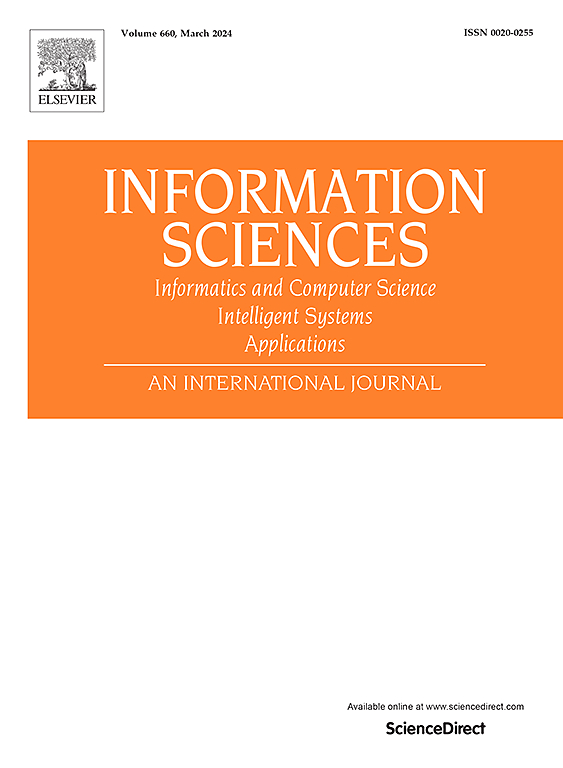Parametrically perturbed logistic map - a new approach based on the least significant bits in the state variable’s representation
IF 6.8
1区 计算机科学
0 COMPUTER SCIENCE, INFORMATION SYSTEMS
引用次数: 0
Abstract
Cryptography involves controlled randomization and de-randomization of digital data. In the essential cryptographic infrastructure, the role of Pseudo Random Number Generators (PRNGs) becomes significant. The present work focuses on a new method of implementing PRNGs using chaotic maps. Using this approach, the classical chaotic maps, which otherwise are found to be cryptographically inadequate, can be enhanced to meet the necessary statistical requirements. In this new approach, one of the parameters of a chaotic map can be varied using the lower bits of the floating-point representation of the map’s state variable. This methodology is demonstrated using one of the most commonly discussed chaotic maps - the logistic map. The modified logistic map is shown to have excellent chaotic characteristics across the entire range of the only remaining parameter - the map’s initial state. The resulting chaotic map is named ’Parametrically Perturbed Logistic Map (PPLM)’. The PPLM is used to implement a new Pseudo Random Bit Generator (PRBG) - the PPLM-PRBG. An extensive set of simulations is carried out on the PPLM-PRBG. Using a standard set of parametric studies, including the ’NIST test suite’, the new PRBG is found to have excellent statistical and cryptographic properties.
参数摄动逻辑映射——一种基于状态变量表示中最低有效位的新方法
密码学涉及数字数据的可控随机化和非随机化。在基本的加密基础设施中,伪随机数生成器(prng)的作用变得非常重要。目前的工作重点是利用混沌映射实现prng的新方法。使用这种方法,经典的混沌映射,否则被发现是密码学上的不足,可以增强以满足必要的统计要求。在这种新方法中,混沌映射的一个参数可以使用映射状态变量的浮点表示的较低位来改变。这种方法是用最常讨论的混沌映射之一——逻辑映射来演示的。改进后的逻辑映射在唯一剩余参数-映射的初始状态的整个范围内具有优异的混沌特性。由此产生的混沌映射被命名为“参数摄动Logistic映射(PPLM)”。利用PPLM实现了一种新的伪随机比特发生器——PPLM-PRBG。对PPLM-PRBG进行了大量的仿真。使用一组标准的参数研究,包括“NIST测试套件”,发现新的PRBG具有出色的统计和加密特性。
本文章由计算机程序翻译,如有差异,请以英文原文为准。
求助全文
约1分钟内获得全文
求助全文
来源期刊

Information Sciences
工程技术-计算机:信息系统
CiteScore
14.00
自引率
17.30%
发文量
1322
审稿时长
10.4 months
期刊介绍:
Informatics and Computer Science Intelligent Systems Applications is an esteemed international journal that focuses on publishing original and creative research findings in the field of information sciences. We also feature a limited number of timely tutorial and surveying contributions.
Our journal aims to cater to a diverse audience, including researchers, developers, managers, strategic planners, graduate students, and anyone interested in staying up-to-date with cutting-edge research in information science, knowledge engineering, and intelligent systems. While readers are expected to share a common interest in information science, they come from varying backgrounds such as engineering, mathematics, statistics, physics, computer science, cell biology, molecular biology, management science, cognitive science, neurobiology, behavioral sciences, and biochemistry.
 求助内容:
求助内容: 应助结果提醒方式:
应助结果提醒方式:


